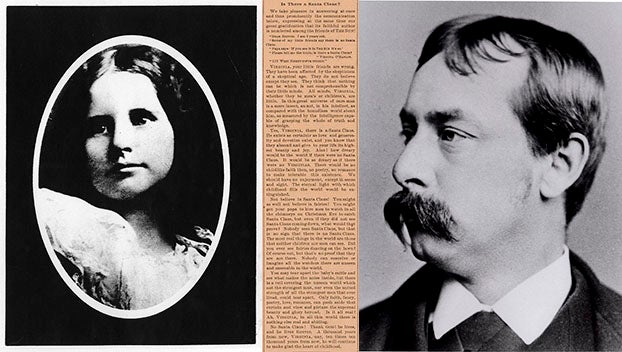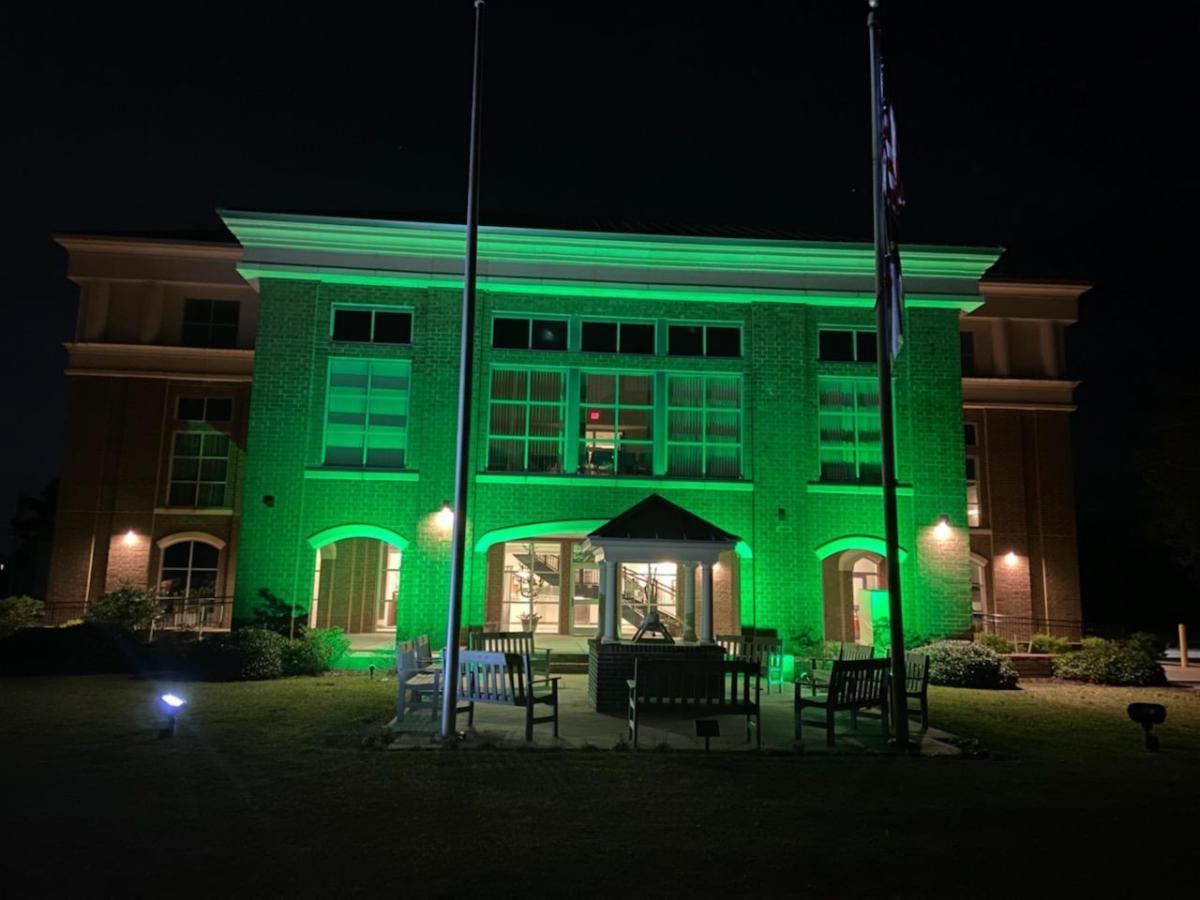Why it started at all
Published 6:56 pm Friday, May 25, 2018
Memorial Day is most often recognized as the first unofficial day of summer. It makes itself a part of summer’s first three-day weekend, the end of school is in sight, the weather has warmed up and that means it’s time to celebrate the onset of summer fun.
The backyard barbecue is the most common way of celebrating Memorial Day: hot dogs, hamburgers, those wholly American foods that make their way from kitchen to grill each and every last weekend in May.
Regardless of the celebratory aspect of the holiday, it seems that very little actual observance of it takes place for the average citizen. Yes, there are ceremonies, some well attended, some not. Each year in Washington, Memorial Day is recognized at Veterans Park. The hour-long ceremony features musical tributes and speakers. Those with close ties to the military, and those who have served in some capacity, make up the crowd. It’s a touching affair for many, but especially for those whose loved ones fought, and lost their lives, in the name of freedom.
Across America, there are many towns that claim the origins of the modern day Memorial Day. It’s undisputed that the occasion began during the Civil War, but where the first “Decoration Day” or Memorial Day occurred is still up for grabs. Though President Lyndon B. Johnson declared in 1966 that the official “birthplace” of Memorial Day was Waterloo, New York, where the town honored local veterans on May 5, 1866, over a week prior to that date, the women of Columbus, Mississippi, decorated the graves of both Confederate and Union soldiers killed in the Battle of Shiloh.
But nearly a year before that event was another in Charleston, South Carolina. In May of 1865, as the Civil War was grinding to a halt, more than 10,000 people participated in a Decoration Day at what was a racetrack that had been turned into a prisoner of war camp by the Confederates. In April, the bodies of 257 Union soldiers were properly reburied by Charleston residents. A fence was built around the graveyard, marking the place as the burial site of the “Martyrs of the Race Course.”
On May 1, 1865, it is said that 3,000 black schoolchildren came bearing roses. Behind them, 300 black women of the Patriotic Association carried baskets of flowers, wreaths and crosses for the graves. After them, came the men of the Mutual Aid Society. Thousands of black and white Americans followed.
It was reported: “When all had left, the holy mounds — the tops, the sides, and the spaces between them — were one mass of flowers, not a speck of earth could be seen; and as the breeze wafted the sweet perfumes from them, outside and beyond … there were few eyes among those who knew the meaning of the ceremony that were not dim with tears of joy.”
Does it really matter where the first Memorial Day started?
No, it doesn’t matter. What matters is the intention — to truly honor and remember those who have sacrificed their lives for American freedom. What matters is remembering, in between the hot dogs and hamburgers, the trip to the beach or on the boat, why Memorial Day started at all.




